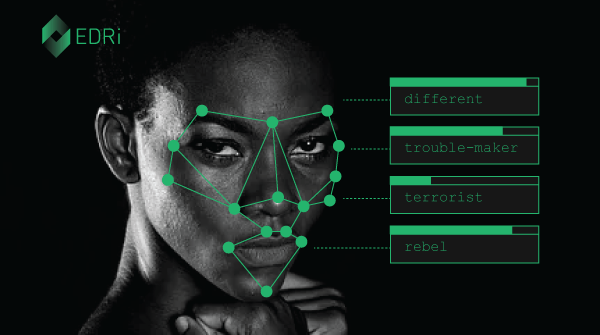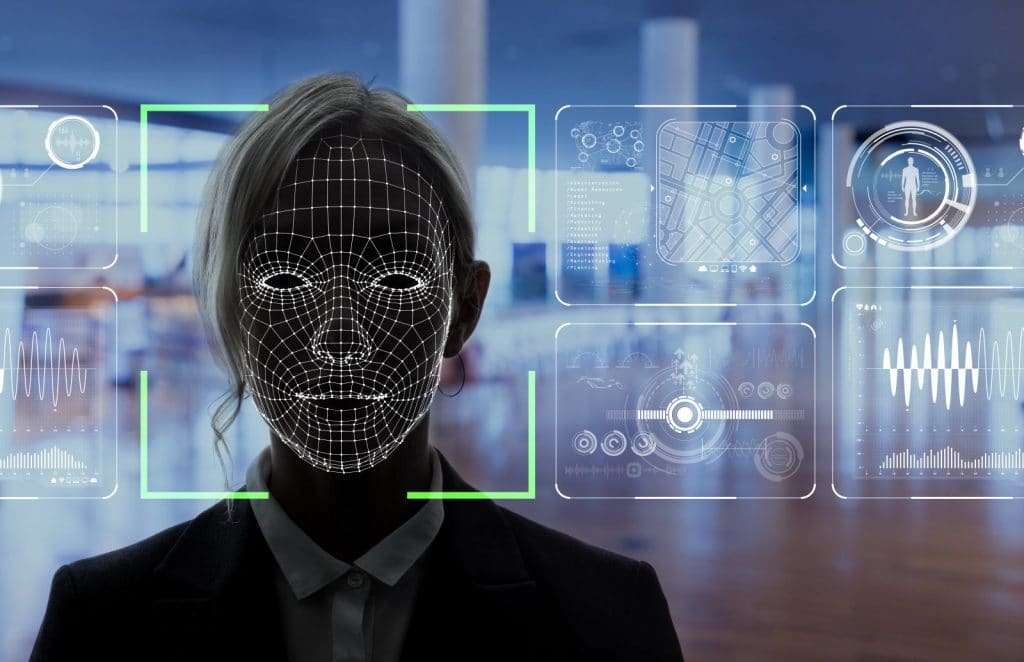Introduction
Facial recognition technology has revolutionized law enforcement practices, offering unparalleled capabilities in the realm of criminal identification and public safety. From aiding in the swift resolution of criminal investigations to facilitating the apprehension of dangerous individuals, facial recognition has emerged as a cornerstone of modern policing strategies. As the digital landscape evolves and technology becomes increasingly sophisticated, law enforcement agencies worldwide are harnessing the power of facial recognition to safeguard communities and combat crime effectively.

In this comprehensive guide, we embark on an exploration of the multifaceted world of facial recognition in law enforcement. We will delve into the diverse types of facial recognition technologies utilized by police forces, ranging from retrospective facial recognition (RFR) to live facial recognition (LFR) and operator-initiated facial recognition (OIFR). Through real-life examples and case studies, we’ll uncover how these technologies are deployed in practice, highlighting their efficacy in identifying suspects, apprehending criminals, and enhancing public safety. Furthermore, we’ll examine the legal and ethical considerations surrounding the use of facial recognition, ensuring a nuanced understanding of its implications for privacy, data protection, and human rights. Join us on this journey as we navigate the complexities of facial recognition technology and its pivotal role in modern law enforcement.
Types of Facial Recognition
1. Retrospective Facial Recognition (RFR)
Retrospective Facial Recognition (RFR) is a post-event tool utilized as part of criminal investigations. It involves the comparison of images obtained from various sources such as CCTV footage, mobile phone recordings, or social media platforms with databases containing images of individuals taken upon arrest. Trained operators analyze potential matches, aiding in the identification of suspects and assisting law enforcement agencies in their investigations.
Real-Life Examples:
- In a case handled by South Wales Police, CCTV images were instrumental in identifying and arresting Craig Walters within 48 hours of a criminal incident, showcasing the effectiveness of RFR in expediting investigations and apprehending suspects.
- Instances of burglary have been successfully resolved through the use of RFR, with perpetrators identified and apprehended based on surveillance footage obtained from doorbell cameras and other security systems.
2. Live Facial Recognition (LFR)
Live Facial Recognition (LFR) stands as a cutting-edge tool in the arsenal of law enforcement agencies, designed to identify individuals in real-time and bolster public safety initiatives. Leveraging live video feeds from surveillance cameras, LFR systems scan crowds and analyze facial images against a database of known suspects, providing officers with instantaneous alerts when matches are detected. This proactive approach empowers law enforcement to swiftly respond to potential threats, apprehend wanted individuals, and prevent criminal activity before it escalates.
By harnessing the power of LFR technology, police forces can effectively monitor public spaces, events, and high-traffic areas, ensuring the rapid identification of suspects and the protection of communities. The real-time capabilities of LFR enable officers to act decisively in critical situations, facilitating timely interventions and mitigating risks to public safety. As a proactive crime prevention measure, LFR exemplifies the convergence of technology and law enforcement, offering unprecedented capabilities in the pursuit of justice and security.
Real-Life Examples:
- During high-profile events such as the north London derby, LFR technology led to the arrest of multiple individuals, including suspected sex offenders, demonstrating its efficacy in crowd monitoring and criminal identification.
- Metropolitan Police deployments of LFR in busy urban areas have resulted in the apprehension of high-harm offenders, contributing to efforts aimed at reducing crime rates and ensuring community safety.
3. Operator-Initiated Facial Recognition (OIFR)
Operator-Initiated Facial Recognition (OIFR) represents a mobile application that enables law enforcement officers to photograph individuals for identity verification purposes. This tool allows officers to verify the identity of individuals encountered during routine engagements without the need for arrest or detention, streamlining identification processes while ensuring compliance with legal and privacy standards.
Real-Life Examples:
- OIFR applications, though still in the trial phase, have shown promising results in facilitating rapid identity checks and reducing the need for formal arrest procedures, thereby optimizing police resources and operational efficiency.
Legal Framework and Ethical Considerations
The use of facial recognition technology by law enforcement agencies is governed by a comprehensive legal framework, ensuring adherence to data protection, human rights, and equalities legislation. Police deployments of facial recognition must be necessary, proportionate, and fair, with strict protocols in place to safeguard individual privacy and prevent misuse of biometric data.
Frequently Asked Questions:
- Government Support: The Home Office encourages police adoption of facial recognition technology to enhance crime-solving capabilities, prevent offenses, and allocate resources effectively.
- Legality: While courts have upheld the legality of police facial recognition programs, concerns regarding privacy and data protection have prompted the development of guidelines and standards to regulate its use.
- Accuracy and Bias: While facial recognition algorithms continue to improve in accuracy, ongoing evaluation and testing are essential to mitigate biases and ensure equitable outcomes across diverse demographics.
Conclusion
Facial recognition technology stands as a cornerstone of modern law enforcement strategies, providing invaluable support in criminal identification, investigation, and the maintenance of public safety. With advancements in technology shaping the landscape of policing, it becomes paramount for law enforcement agencies to adhere to ethical standards, legal regulations, and public trust in the responsible deployment of facial recognition technology.
As police forces harness the capabilities of facial recognition to enhance their operational effectiveness, they must prioritize transparency, accountability, and adherence to established guidelines. Upholding ethical principles ensures that facial recognition technology is deployed in a manner that respects individual privacy rights and mitigates the potential for misuse or abuse. Moreover, adherence to legal frameworks and regulations governing the use of facial recognition technology is essential to safeguarding civil liberties and maintaining public confidence in law enforcement practices.

By embracing ethical considerations and legal compliance in the utilization of facial recognition technology, police forces can harness its benefits while mitigating potential risks and ensuring accountability. Through proactive measures such as robust oversight mechanisms, stakeholder engagement, and ongoing evaluation of practices, law enforcement agencies can foster public trust and confidence in the responsible application of facial recognition technology for the betterment of society.
Additional Material:
- Unveiling the Appetite-Boosting Power of AI: A Surprising Revelation – Micro2media
- SpaceX’s Starship Embarks on a Momentous Journey – Micro2media
- Police surveillance and facial recognition: Why data privacy is imperative for communities of color | Brookings
- Exploring the World of Facial Recognition: Solutions and Applications – Xpertnest